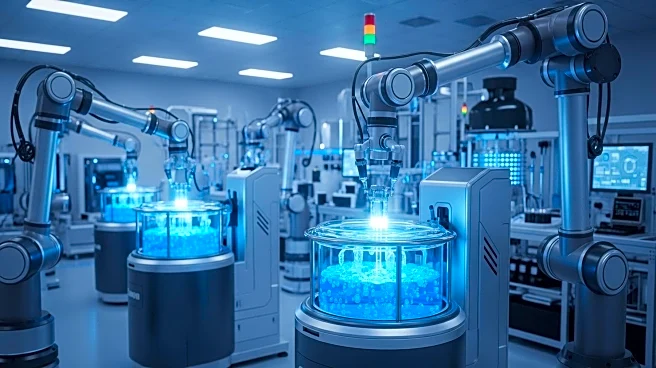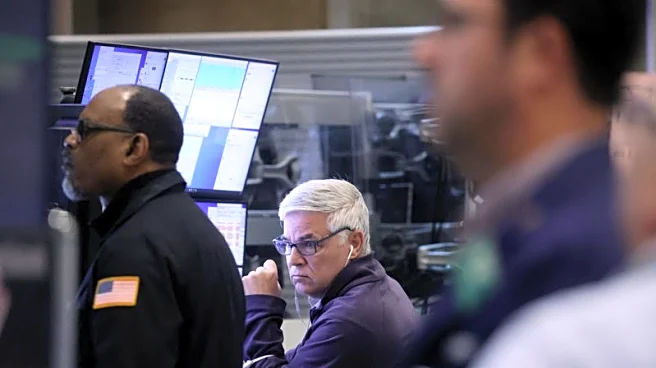What is the story about?
What's Happening?
Matica Biotechnology, Inc., a U.S.-based Contract Development and Manufacturing Organization (CDMO), has announced significant growth in its cell and gene therapy manufacturing projects. By the second quarter of 2025, Matica had already surpassed its total revenue from 2024, securing over 10 new manufacturing projects. These projects range from preclinical to commercial stages, reflecting increased demand from various biotech companies, including startups and publicly traded firms. A notable achievement is a commercial manufacturing agreement with a mid-sized U.S. biotech company for late-stage production of a viral vector therapy. Matica's growth is supported by its new facility in College Station, Texas, designed for viral vector manufacturing, featuring a single-use system to enhance productivity and reduce contamination risks.
Why It's Important?
The expansion of Matica Biotechnology's manufacturing capabilities is significant for the U.S. biotech industry, particularly in the cell and gene therapy sector. As demand for these therapies grows, Matica's ability to provide customized, compliant, and scalable solutions positions it as a key player in the market. This development supports the U.S. biotech industry's competitiveness and innovation, offering supply chain stability and compliance with FDA guidelines. The company's growth also indicates a broader trend of increasing investment and interest in advanced therapies, which could lead to more effective treatments for various diseases.
What's Next?
Looking ahead, Matica Biotechnology plans to expand its capacity and capabilities further in 2026. The company aims to engage in strategic collaborations to meet the growing demand for cell and gene therapies. This expansion could involve new partnerships and technological advancements to enhance its manufacturing processes. As the industry evolves, Matica's continued growth and adaptation to market needs will be crucial in maintaining its position as a leading CDMO in the cell and gene therapy field.
AI Generated Content
Do you find this article useful?
















